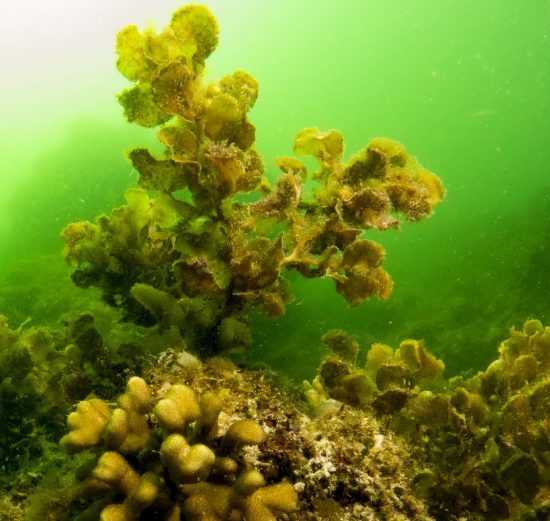





Researchers call for more protection of herbivorous fish
Coral reefs in the Pacific Ocean are coming under increasing threat of
the proliferation of seaweed.
Historically, seaweeds were less commonly
found in the Pacific compared to the Caribbean; however, corals have
been found to be unable to cope with some of the more insidious
seaweeds once they establish themselves at the site.
In places like the Great Barrier Reef, Palau in Micronesia and Moorea
in French Polynesia, it was discovered that corals actually avoid
settling on reefs that have seaweed.
"Seaweed tends to bloom when too many herbivorous fish are fished too
heavily or when agricultural fertilisers pollute rivers that run into
the sea. The problems are then compounded by climate change which
damages corals, making it easier for seaweeds to get a foothold. It's
important for everyone that reefs don't switch from corals to seaweeds.
The ability of reefs to provide fisheries will at least halve if we
lose the fabulous towers and hiding places created by corals,“ said
Professor Peter Mumby of the ARC Centre of Excellence for Coral Reef
Studies and The University of Queensland's School of Biological
Sciences.
Hence, protecting herbivorous fish is a practical way to protect the
future of coral reefs. This can come in the form of legislation that
regulates fisheries from catching too much fish so that sufficient fish
remain to control seaweed, thus limiting the damage to reefs.
Professor
Mumby's team had in fact recently put forth recommendations for
regulations in the Caribbean, suggesting that only 10 percent of
harvestable fish are taken annually, and that all parrotfish taken be
at least 30 centimetres long.
See here for more information
 Herbert
Herbert 28th June 2016
28th June 2016